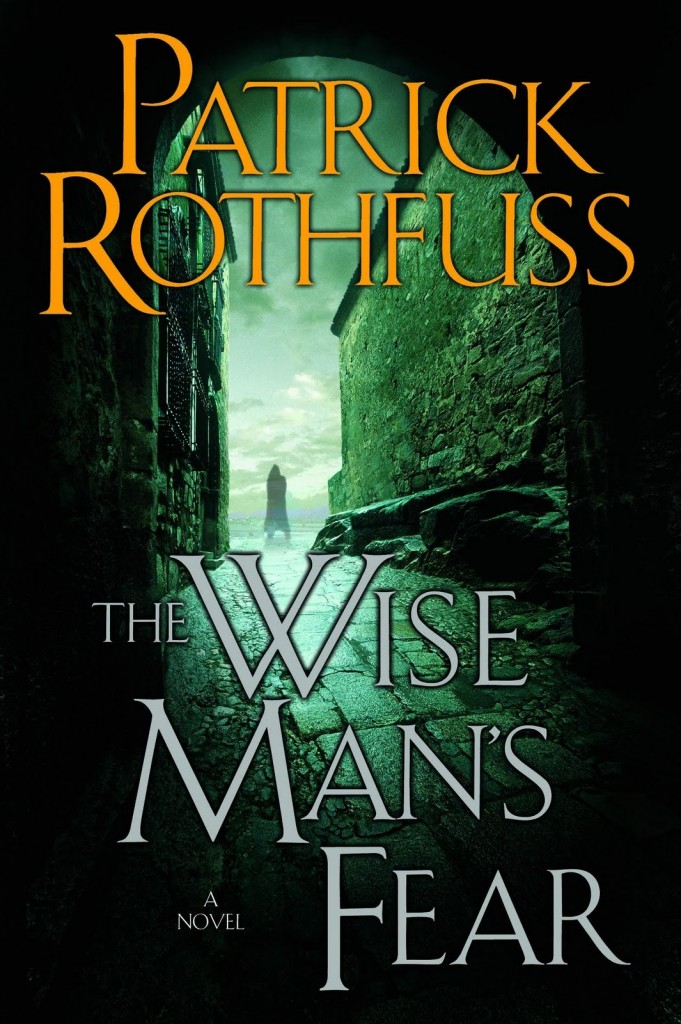 Growing up in the Christian Reformed Church (CRC), I don’t recall ever hearing the term “inerrancy,” not from the pulpit, and not in catechism classes or at youth conferences. At Calvin College, I stayed up many nights until 3 am discussing all sorts of theological issues, and I don’t think a single one of them had anything to do with biblical inerrancy. I didn’t know that in 1978 there had been a major conference that generated The Chicago Statement on Biblical Inerrancy. You’d have thought that this sort of thing would have trickled up the highway to my dorm room by 1980. It didn’t. And it didn’t really come up in the following decades either.
Growing up in the Christian Reformed Church (CRC), I don’t recall ever hearing the term “inerrancy,” not from the pulpit, and not in catechism classes or at youth conferences. At Calvin College, I stayed up many nights until 3 am discussing all sorts of theological issues, and I don’t think a single one of them had anything to do with biblical inerrancy. I didn’t know that in 1978 there had been a major conference that generated The Chicago Statement on Biblical Inerrancy. You’d have thought that this sort of thing would have trickled up the highway to my dorm room by 1980. It didn’t. And it didn’t really come up in the following decades either.
Now, I hear the term inerrancy a lot. Part of the reason is that I go to a different church, but it’s also because the internet has me reading what other Christians are writing. I get the sense that those who use the word inerrancy, read the Bible differently than I do. I struggle with embracing the idea of biblical inerrancy, not because I think the Bible is wrong, but because of something else. I couldn’t put my finger on it until I read James R. Payton Jr.’s Getting the Reformation Wrong: Correcting some Misunderstandings (IVP Academic, 2010).
Inspiration or Revelation?
Biblical inerrancy is a bigger deal for some Christians than for others and it comes down to what you think the Bible is, revelation or inspiration. Of course, it’s both. It is not an either/or proposition. But they are not the same things, and one will be often (perhaps inevitably) be subordinated to the other.
After reading Payton’s book, I realized that in the CRC, as I experienced it, the Bible was revelation, more than inspiration: God reveals himself through his creation–general revelation. He reveals himself through the written word–special revelation. And he reveals himself through his incarnate word–his Son. God reveals himself. Biblical inerrancy isn’t much of a concern for those who see the Bible as revelation because the focus is on the relationship between the readers and the person we find in its pages–inerrancy is not descriptive of a relationship.
The inerrancy of scripture is necessary and logical when we see the Bible as inspiration, or “the inspired Word of God.” In this view, God speaks to us through scripture, and because he is all knowing, and doesn’t lie, anything contained therein is objectively true. The Bible is, therefore, inerrant.
[tweetshare tweet=”The inerrancy of scripture is logical if the Bible is inspired. But is this primarily what it is?” username=”Dryb0nz”]
These different views of the Bible have a long history. According to James R. Payton Jr., the Reformers saw the Bible as revelation. Later, after the Reformers passed on, the Protestant scholastics emphasized the divine inspiration of scripture in order to defend Protestant ideas against Catholic attackers, who used scholastic methods to argue—a “fight fire with fire” approach. Because of its emphasis on objective truth, the Bible as inspiration is a more useful tool in such debates.
To illustrate these different approaches, Payton uses the analogy of studying a frog:
One way is to watch frogs for hours on end, the other is to dissect the frogs. The Reformers watched the frogs, and they kept doing so, repeatedly and at great length. The protestant scholastics dissected the frogs and probably came to quicker conclusions about what could be said about the frogs; the frogs never jumped again, though.
These contrasting approaches have resulted in different views of scripture that are still with us today.
Although Christians generally believe that God had an active role in shaping scripture, the degree to which He was active in the process is a subject of debate. Was it 100% God, or were the historical human authors significantly responsible for the contents? Zondervan’s Five Views of Biblical Inerrancy explores some of the main points on the continuum. Where you end up on the continuum has something to do with how much you take the idea of revelation into account to shape your ideas of inspiration.
Another essential question is, what is it that God inspired? Did he inspire the text, the authors, or the overall sense or spirit of scripture? If one starts with the primacy of revelation, the spirit or sense of scripture is the object of inspiration. When inspiration is the starting point, the object of God’s inspiration moves from sense toward text. And again, if God actively inspired the text of the Bible, then it can’t possibly contain erroneous information–it must be objectively true.
Those who are concerned with inerrancy will usually include the text as one of the objects of God’s direct inspiration.
Informational or Relational?
When we think of the Bible primarily as revelation, we are emphasizing the relational dimension of scripture. The Bible is a revelation between persons–God and his people.
When we think of the Bible as the Word of God. We think in terms of God speaking to us through scripture, telling us things that we need to know. Scriptures are thought of, primarily, a source of true information.
Is the Bible, primarily, the Spoken Word or the Special Revelation of God?
[tweetshare tweet=”Is the Bible the Word of God, or it a Revelation of who He is?” username=”Dryb0nz”] James R. Payton Jr. says that the emphasis on the inspiration of scripture leads us to a “depersonalized” reading of the Bible. It can have a significant effect on, among other things, the way we understand sin and faith. With a relational reading of the Bible, sin is understood as unfaithfulness to God and the effect on this relationship is like that which occurs in any broken relationship—estrangement. These terms describe a personal relationship. The Bible as inspired text may result in a depersonalized view of sin. Sin is thought of as an infraction against God’s divine law and the effect is guilt. The terms, and the feelings they describe are less personal.
How one understands faith is also affected by the relationship of revelation to inspiration. The relational understanding of faith is thought of as “cleaving to God.” The more depersonalized approach understands faith as the acceptance of right doctrine. Both perspectives are found in the Bible; they don’t cancel each other out, but the emphasis of one idea over the other is not without effect.
One last example, on which I have previously written. Do the sermons in your church end with applications or implications? It’s not so much the word, as it is the idea behind the word. The term application implies an impersonal adhesion of the object to the subject. We stick the lesson onto the listeners like a band-aid onto a scraped elbow. It makes the recipient feel better, but it doesn’t do much else. Although implication suggests a lot more ambiguity than application, it is usually a better term because the clarity of the application is often achieved through a reduction of the truth, either factual or moral, to information. Implication is not about how the sermon fits into, or onto, my life; it’s about how I fit into the story of the Bible and into a relationship with the person of God behind the scriptures. Implication bridges the gap between subject and object because I enter the story and it enters me–I experience the story and in so doing, I encounter the truth.
There was a long stretch in my life where I hardly read the Bible at all. My problem was that I thought of the Bible as if it were primarily informative and the reason for reading it was to acquire the right knowledge. I didn’t feel as if I needed more knowledge than I could glean from sermons and books about the Bible. I’m much more inspired to read the Bible when it is about a person-to-person relationship, about finding in its pages the God who made us and loves us and seeks a relationship with us. I have a strong desire for this relationship.
[tweetshare tweet=” Is the Bible more like an encyclopedia or a letter from a loved one?” username=”Dryb0nz”]It’s sort of like the difference between reading an encyclopedia and reading a long letter received from a distant and cherished friend or lover. Are the contents of each true–inerrant, if you will? Sure they are, but it is not the veracity of the information in the love letter that motivates you to devour every word–even the description of yesterday’s weather.



